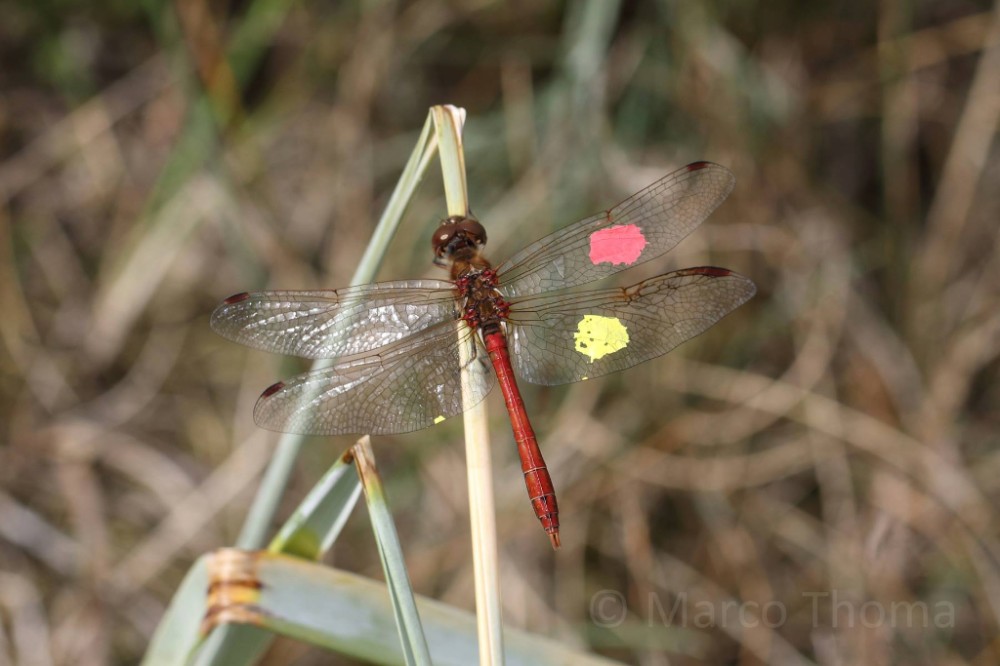Unlike the migrations of birds, and even of some butterflies, dragonfly migration is poorly understood, and its relevance to conservation unknown.The Migrant Dragonfly Project aims to remedy this by improving our understanding of dragonfly migration and the reasons for it.
Although many adult dragonflies remain relatively close to where they emerged, certain species sometimes undertake long distance movements or migrations. In Britain, migration is most obvious in the occasional appearance of non-resident species, such as the Vagrant Emperor from sub-Saharan Africa and the Middle East. However, there are also influxes from the Continent of several species which already occur here as residents, for example the yearly arrival of Migrant Hawkers from Europe.
Recent results indicate that a number of migrant dragonfly species appear to be becoming more common in Britain than they were earlier this century, for example the Red-veined Darter and Lesser Emperor. We therefore hope that the Migrant Dragonfly Project will also provide us with a better understanding of the range changes which many European dragonflies appear to be experiencing.
Get Involved
Be on the lookout for migrant species and have your camera ready!
We are after information on rare migrant species, but also on immigration of common species which also occur as residents in Britain. Such immigration can often be detected by sightings of either obvious directional movements, unusual numbers of individuals, or by the presence of dragonflies in atypical habitats.
If you find one make a note of:
- the species
- number of individuals present
- breeding behavior (for example: number in copulation or egg laying)
- the date
- the location
If possible, take photos to help us verify the sighting- this is important in the case of extreme rarities.
Submit your sighting to our iRecord database.
You can also directly contact Adrian Parr, Project Coordinator directly:email; 10 Orchard Way, Barrow, Bury St. Edmunds, Suffolk IP29 5BX.
A number of other species have turned up on a few occasions, and it is likely that further species will be added to the list in the coming years, such as the addition of an American species, Common Green Darner Anax junius, to the full list of non-resident migrant species in the autumn of 1998.
What happens to my records?
Results are summarised each year in the Journal of the British Dragonfly Society. They are also reported on in Dragonfly News. Sign up to BDS Membership to receive both publications. Find out more here.
Changes in the distribution of dragonflies and their migratory behavior often indicate changes in the wider environment, such as climate. As a result, your records assists researcher into how climate change is impacting our insect communities.
Help us promote the project
Latvian Migrant Dragonfly Project

Researchers at the Pape Bird Ringing Station in Southern Latvia have recently embarked on an exciting project looking at dragonfly migration. The team are looking at the timing and patterns of dragonfly migratory movements through Southern Latvia and beyond, with a hope to discover more about when and how far dragonflies migrate and reveal information on their migratory paths. Part of this project, which is supported by the Laboratory of Ornithology of the Institute of Biology of the University of Latvia, has involved the colour marking of individual dragonflies. It is hoped that recoveries and sightings of these marked individuals will be made throughout Europe. The insects are marked with two colours, indicating where they were marked and when.
Title image: Red-veined Darter by David Marquina Reyes

